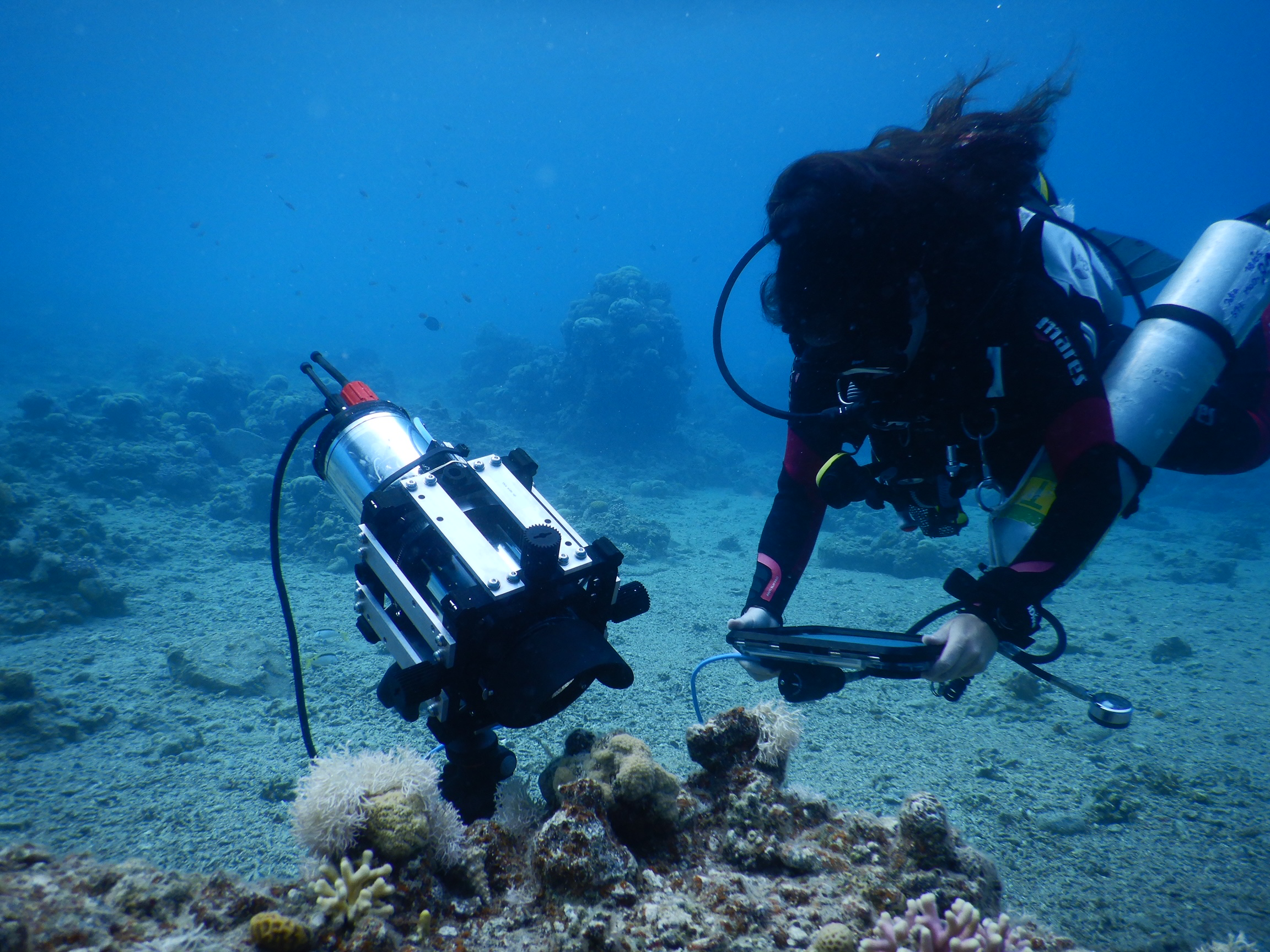Studying life in the ocean is never without its challenges, while some species can be studied via drone, or by opportunistic citizen scientists, studying microscopic life presents even more problems. To really see coral and the symbiotic microalgae that live within them, scientists have developed a new microscope.
Called the Benthic Underwater Microscope Imaging PAM, or BUMP, this microscope is diver-operated and allows scientists to study the relationship between corals, algae, and photosynthesis in detail like never before.
This snazzy new piece of kit can help the team work out more about the health of corals and what causes them to bleach. This is a process where the corals lose the algae that live within them, causing them to turn white, and can eventually lead to the starvation and death of the coral.
“This microscope is a huge technological leap in the field of coral health assessment,” said Or Ben-Zvi, a postdoctoral researcher at Scripps Oceanography and lead author of the study, in a statement. “Coral reefs are rapidly declining, losing their photosynthetic symbiotic algae in the process known as coral bleaching. We now have a tool that allows us to examine these microalgae within the coral tissue, non-invasively and in their natural environment.”
Most of these microalgae are just 10 micrometers across, about one-tenth of the width of a human hair. BUMP allows scientists to study how effectively the corals are producing sugars by measuring the red fluorescence, which is a measure of how much chlorophyll is within the algae. This chlorophyll is essential for photosynthesis to take place.
“The more time we spend with this microscope, the more we hope to learn about corals and why they do what they do under certain conditions,” said Ben-Zvi. “We are visualizing photosynthesis, something that was previously unseen at the scales we are examining, and that feels like magic.”

A field deployment of the BUMP in the Red Sea, where local corals were imaged and measured.
Image Credit: Or Ben-Zvi
The instrument is surprisingly small and compact, allowing the team to study corals without the need to take samples or disturb the reef. The data that the microscope collects can help the team find early warning signs to help the corals before a bleaching event occurs.
“Since photosynthesis in the ocean is important for life on earth, a host of other applications are imaginable with this tool, including right here off the coast of San Diego,” said the Jaffe Lab, which developed the microscope.
The paper is published in Methods in Ecology and Evolution.
Source Link: Brand New Microscope Designed For Underwater Reveals Stunning Details Of Corals